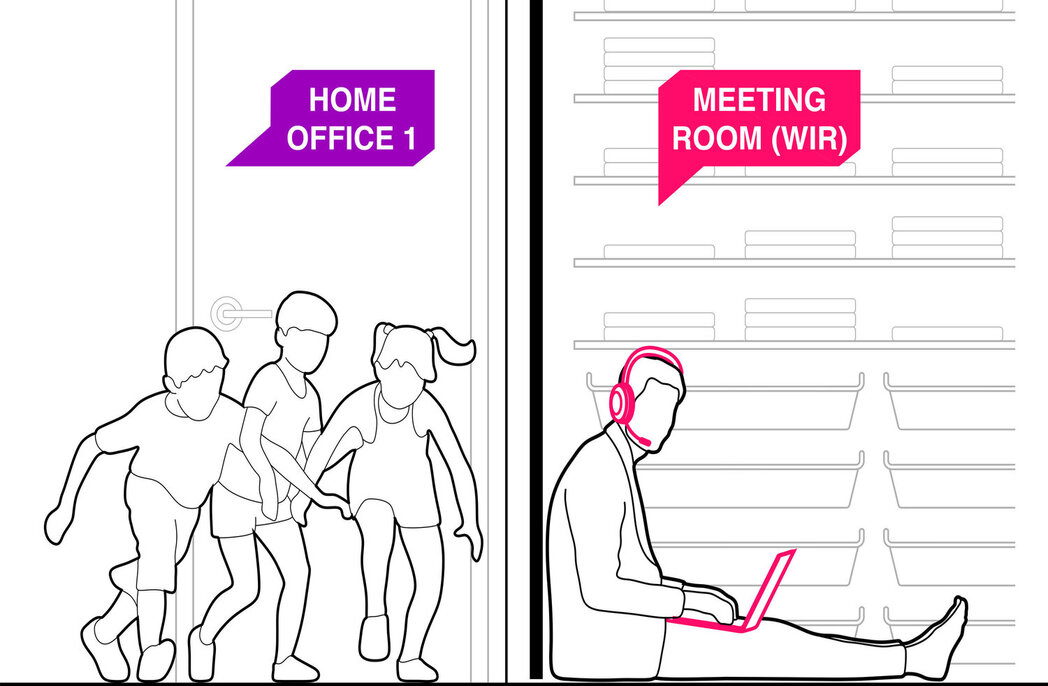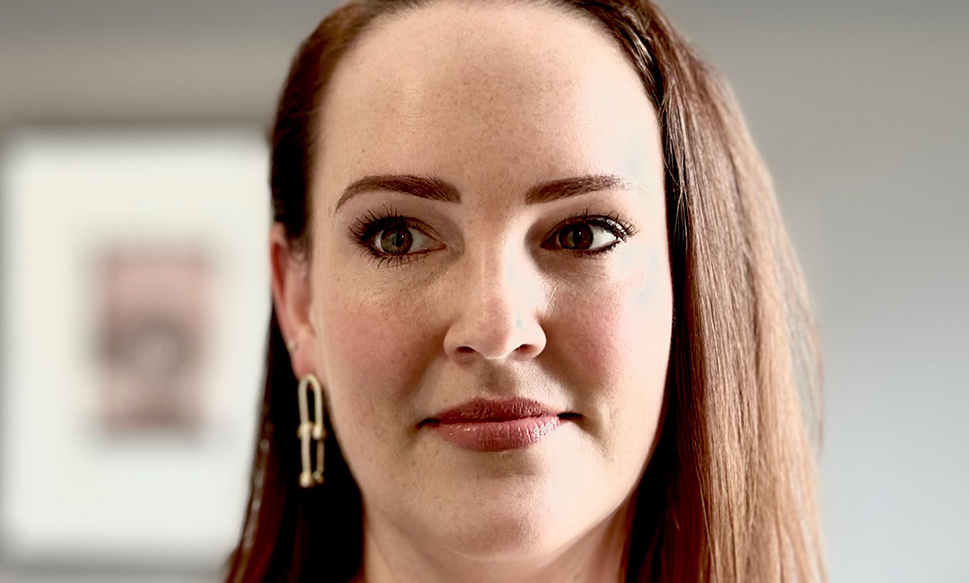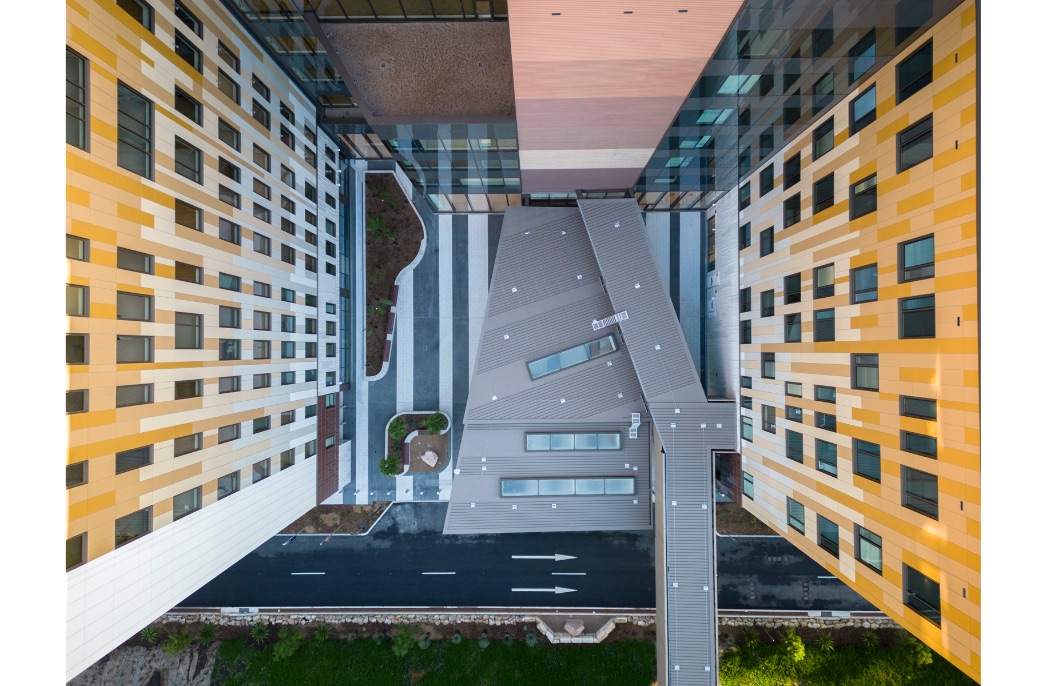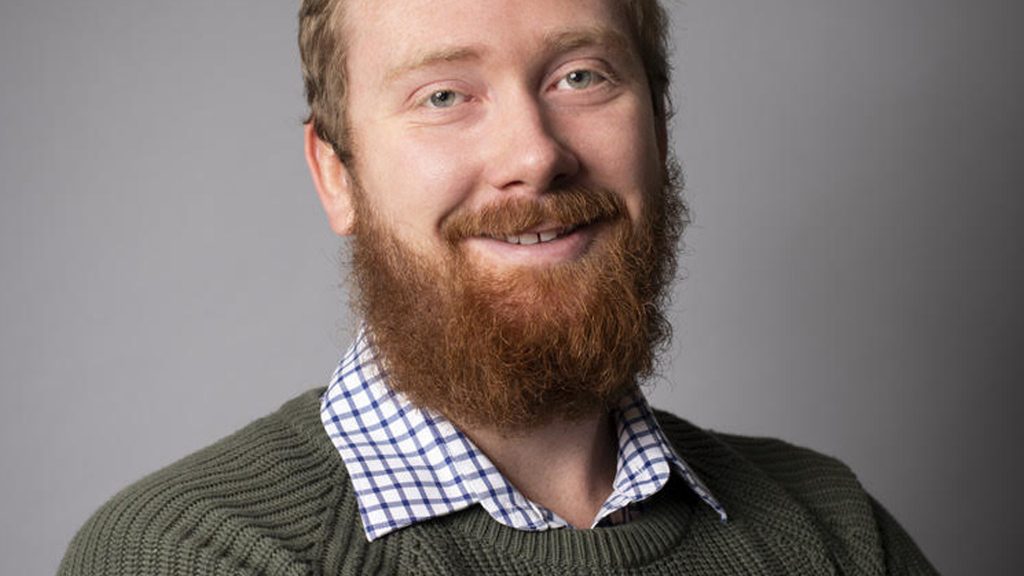
BLP and Diller Scofidio + Renfro complete Susan Wakil Health Building
BLP and Diller Scofidio + Renfro complete Susan Wakil Health Building
Share
Located within the University of Sydney’s health precinct, the Susan Wakil Health Building serves as a new model for health facilities, consolidating education and practice.
The 21,500 m2 building brings together the University of Sydney’s Susan Wakil School of Nursing and Midwifery, the Central Clinical School of the Sydney Medical School and the Sydney School of Health Sciences along with the Library and other components of the Faculty of Medicine and Health.
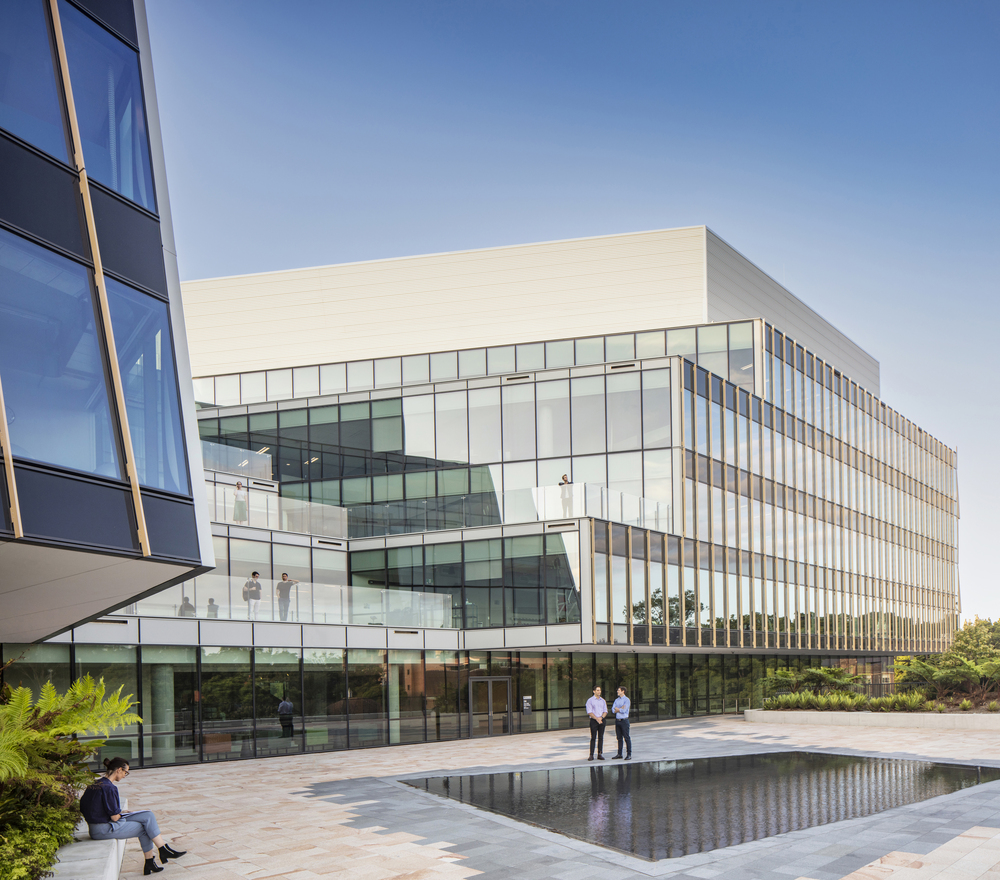
“Our design creates a new common ground for the University, the Hospital and the Charles Perkins Centre, while respecting the site’s historic significance as a gathering place,” says Benjamin Gilmartin, partner, Diller Scofidio + Renfro.
“The landscape rises to encompass shared facilities for research and learning, branching out into a three-dimensional network of open spaces connected at every level from inside to outside. At the heart of this network is the Upper Wakil Garden — a multivalent and dynamic reinvention of the campus quad.”
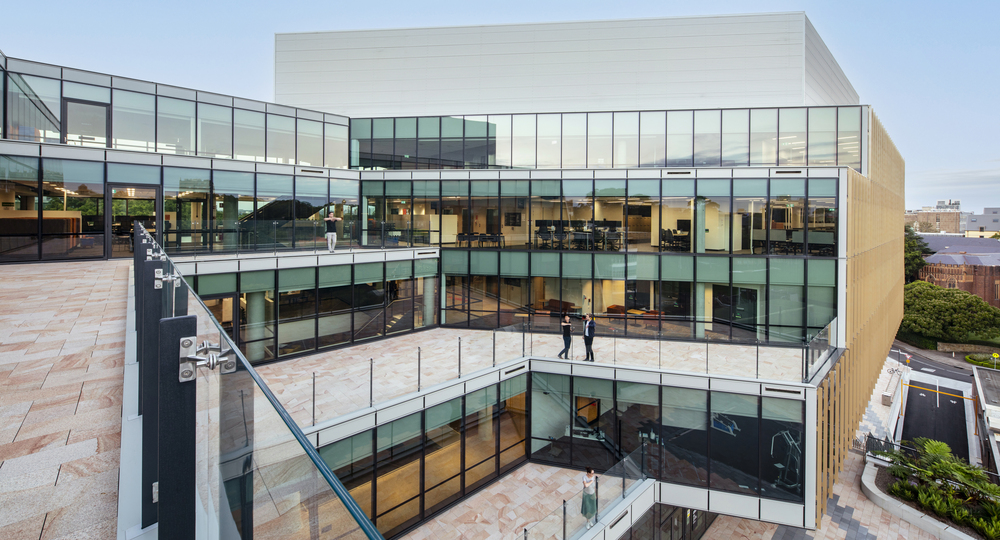
“A ‘cleave’ within the upper volume of the Susan Wakil Building draws light down into the Garden throughout the year, while its interlacing circulation acts as a connective tissue between academic workplaces and clinical spaces within,” explains Gilmartin.
Visitors are welcomed by an open forecourt featuring alcove sandstone seating and a sloping landscape path. Through the main entrance of the Susan Wakil Health Building, a light-filled, triple height space with stairs straddles interior and exterior, connecting the main entry to Upper Wakil Garden.
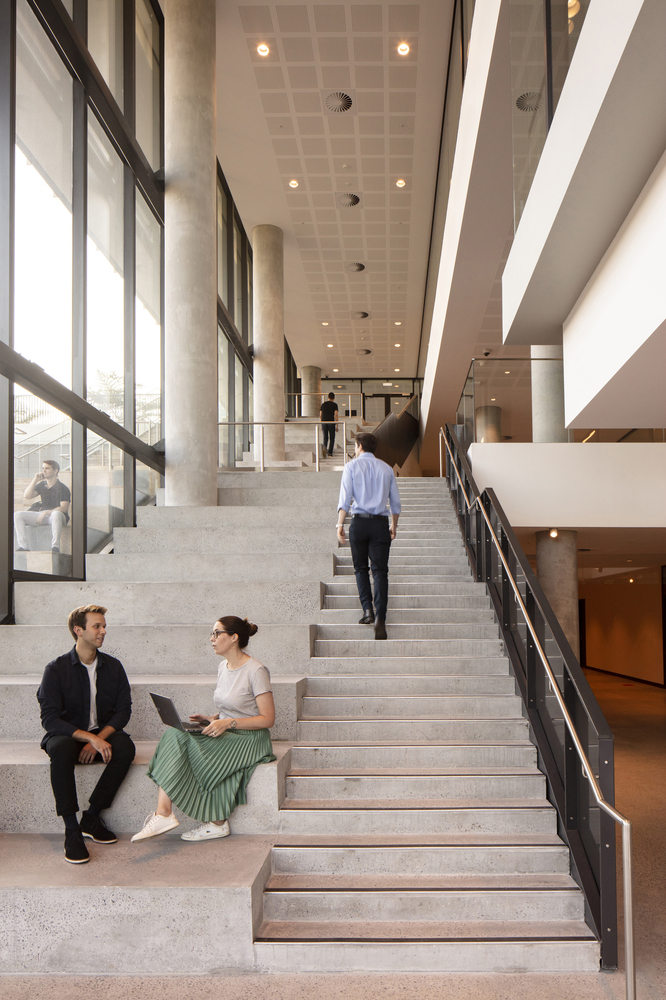
Seminar rooms, clinics, workspaces, a rehabilitation gym, and a 350-seat lecture theater are plugged into the cleave’s network of informal learning spaces. Activated by a cascade of indoor and outdoor informal collaborative zones, this central atrium maximizes interaction between multiple disciplines.
“The key to success and longevity of this building is its principles of designing with nature – drawing light, views, and ventilation, allowing visual transparency across the facilities, designed for active circulation and socialisation with an emphasis on stairs over lifts – creating a healthy workplace and a place of learning of the future,” says Raj Senanayake, principal, Billard Leece Partnership.
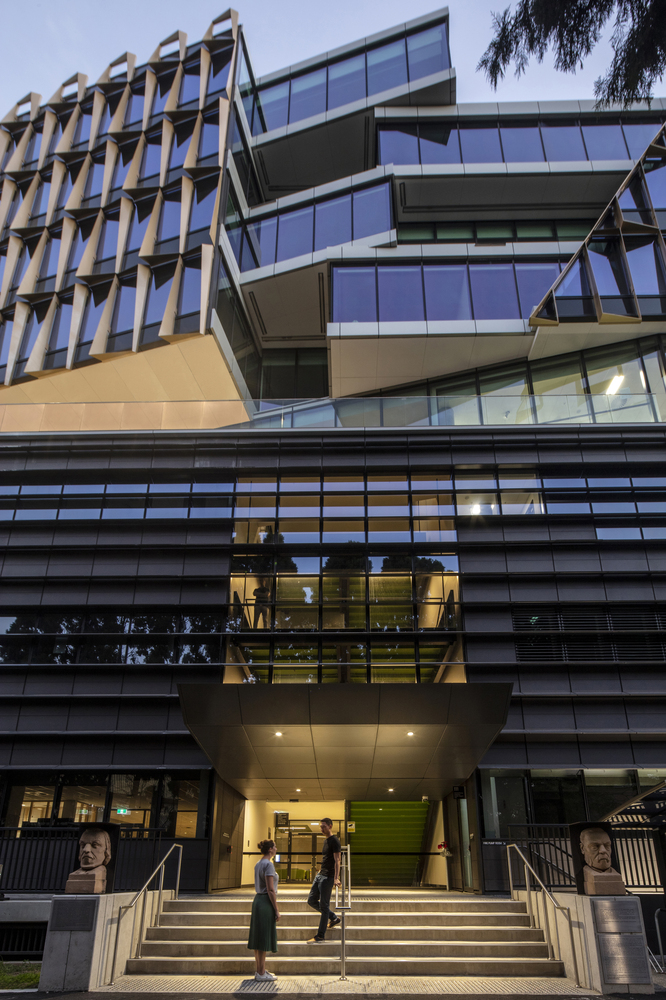
The materiality of Susan Wakil Health Building’s façade expresses its distinct program organization. The upper floating mass of teaching spaces and workplaces is clad with a high-performance shading screen with a vertical rhythm, framing views to the campus and city beyond. The transparency of the open, porous ground floor is expressed by a simple curtain wall glazing system.
At the podium, horizontal ceramic panels and aluminum screens reminiscent of stone evoke solidity and the lifted strata of the earth below.
Located at the intersection of two waterways historically significant for the Gadigal people, the Susan Wakil Health Building was designed as an extension of the landscape, embodying the University’s Wingara Mura design principles.
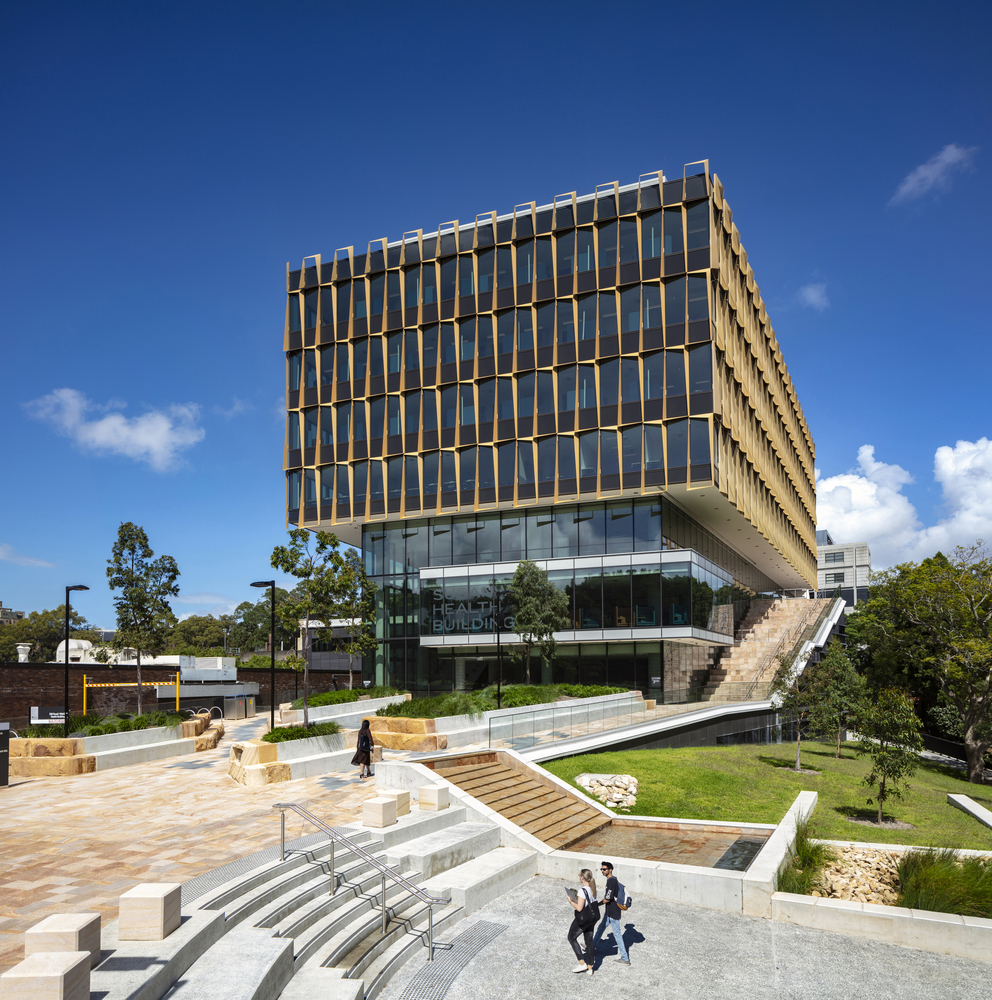
Arcadia Landscape Architecture has designed Gadigal Ground as an interpretation of the cycle of healing, stirring the body, mind and soul to reflect the Gadigal people’s approach to healing through the engagement of all the human senses.
The design celebrates the site’s origins as a meeting hub, generating a network of pedestrian pathways from all corners of the campus into the Upper Wakil Garden. Its shaded gardens, terraces, ledges and paths will extend the spaces of learning, reflection, and social exchange into the outdoors. Water cascades from Upper Wakil to Lower Wakil and down towards the rest of the campus network.
Raj Senanayake says the international collaboration between the two firms was successful, with the early competition phase in 2017 setting up high aspirations for a winning design outcome.
“We had an energetic and engaging team environment within a very productive round the clock studio working across Melbourne, Sydney and New York. In many ways this environment contributed to the unique response to place and building type that became the winning scheme,” says Senanayake.
“At the same time, we had to negotiate the challenges of early online collaboration platforms that have now become part of the everyday practice of architecture.”
The Susan Wakil Health Building was made possible by a $35 million gift from the Susan and Isaac Wakil Foundation to the University of Sydney
In late 2020, Billard Leece Partnership announced that they were moving to a more inclusive model of practice ownership, appointing 12 principals and 11 associates as its new leadership team.
You Might also Like
